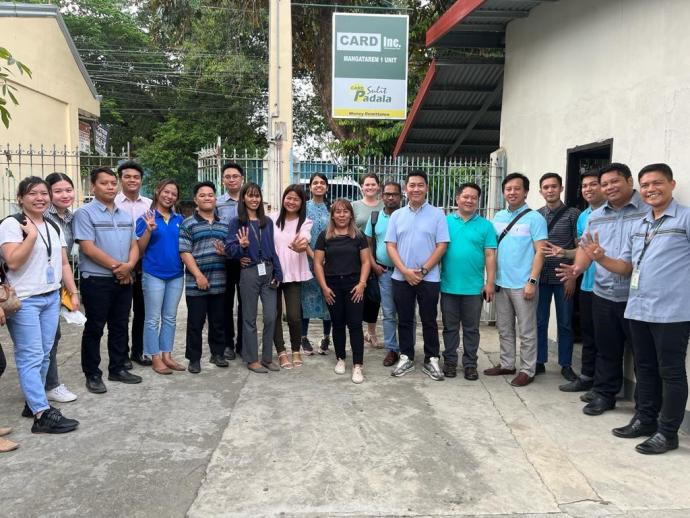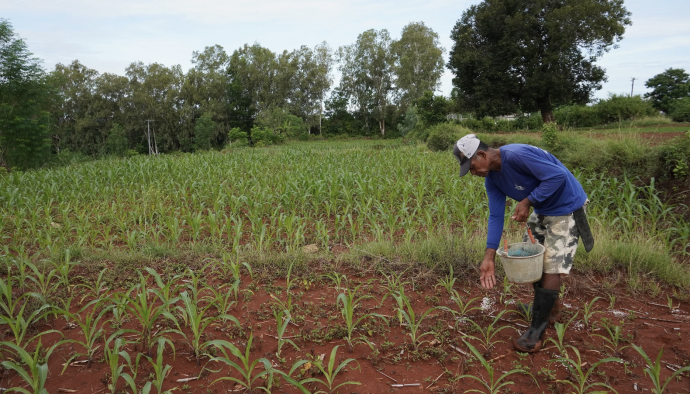
Language:
English
A delegation from the Philippine Government visited Madrid, Spain to learn about private-public partnerships in agricultural insurance. The visit aimed to support ongoing reforms in the Philippines and explore the role of the private sector in agricultural insurance. Currently, agricultural insurance in the Philippines is implemented by the public-sector insurer, but only one third of farmers and fisherfolk are insured. The government plans to make major reforms to increase cost-efficiency and value for farmers. The Spanish agricultural insurance scheme, managed by AGROSEGURO, is considered a...


